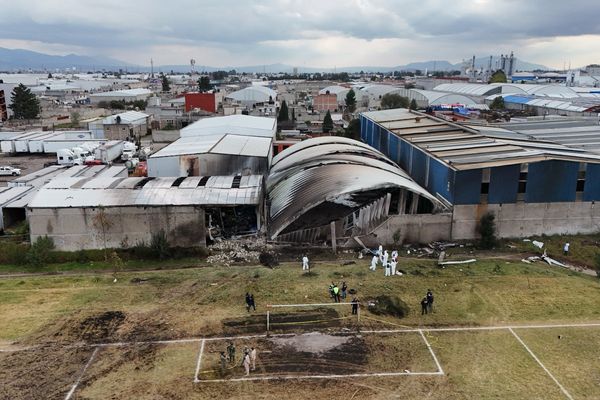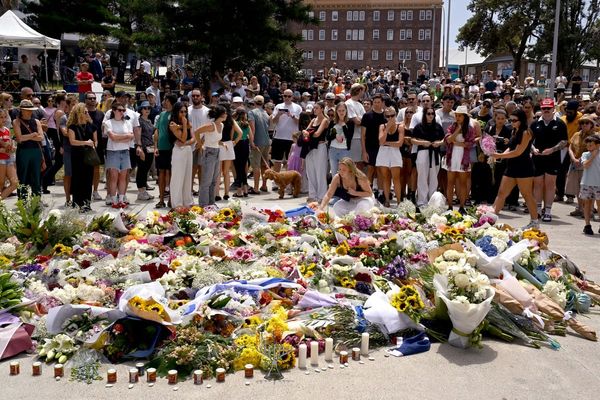In a spectacle blending sport and ritual, more than 40 elite sumo wrestlers from Japan have touched down in London today as the city prepares to host the Grand Sumo Tournament — only the second time in history that a full professional “basho” has been held outside Japan.
Among the wrestlers making the journey are two yokozuna (grand champions): Onosato Daiki, who recently achieved that rank, and Hoshoryu Tomokatsu. Their rivalry and status bring extra gravitas to the event.
Ticket sales were reported to have sold out rapidly.
Over the next five days, the wrestlers will compete in a full slate of matches, contending for the London title much as they would in a domestic Japanese tournament.
The broadcast is expected to reach British and international audiences via BBC Sport, PlutoTV, and the Sumo Association’s streaming platforms.
Sumo wrestlers are famously massive, but their size isn’t just fat — it’s a carefully managed combination of muscle, fat, and water weight designed for power, stability, and leverage in the ring.
But what do sumo wrestlers eat in order to gain their size?
What do sumo wrestlers eat in a day?
Sumo wrestlers eat a very specific and calorie-dense diet designed to help them build (and maintain) large muscle mass and body weight — often 5,000 to 8,000 calories per day, sometimes even more.
Chanko Nabe, a hotpot Japanese stew, is the cornerstone of a sumo wrestler’s diet.
It is endlessly customisable but typical ingredients include chicken, beef, pork, or fish for its protein base. It is accompanied by tofu, eggs, cabbage, bok choy, mushrooms, daikon and onions. While the broth is made with miso, soy sauce, or dashi.
Udon noodles or rice added at the end.
It’s eaten in massive quantities, often straight from the communal pot with rice and beer or water on the side.
Other dishes include several bowls of rice, fried dishes like tempura or karaage (fried chicken) and pickled vegetables.
Why is sumo wrestling on at the Royal Albert Hall?
The event marks a long-awaited return of Grand Sumo Tournament to the Royal Albert Hall.
The last time London staged a professional sumo tournament at the Royal Albert Hall was in 1991, and that was the first time the sport ventured outside Japanese soil on that scale.
Japan’s Sumo Association, working with UK promoters and the Royal Albert Hall, selected London not only for its prestige but for the symbolic resonance of bringing the sport’s tradition to a global capital.
Pulling off the event has come with its difficulties.
The organisers have had to adapt — and sometimes reinvent — systems to suit the demands of these heavyweight athletes and the weight of tradition:
The Royal Albert Hall purchased new chairs capable of supporting up to 200 kg, doubling their usual capacity.
Toilet fixtures and stage infrastructure have been reinforced to handle the pressures of the event.
A traditional dohyo (clay sumo ring) is also being constructed in the middle of the venue, complete with a custom overhead roof to replicate the atmosphere of sumo arenas in Japan.
Food logistics are being stretched as the tournament expects to consume roughly 70kg of rice per day, and early reports suggest suppliers have even run out of noodles.







